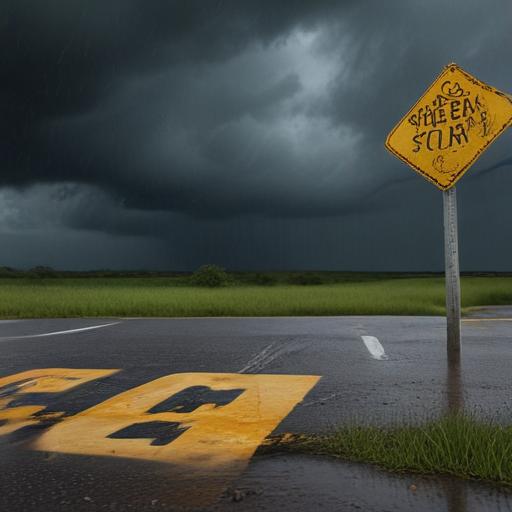Hurricane Erick has weakened significantly as of Thursday afternoon, now classified as a tropical storm as it moves inland from the coast of Mexico. The storm made landfall at approximately 6 a.m. local time in western Oaxaca, initially boasting winds of 125 miles per hour, though it had been downgraded from its previous Category 4 status just hours prior.
In anticipation of the storm’s impact, Mexican authorities acted proactively by establishing thousands of shelters and ordering evacuations in vulnerable areas, ensuring that residents were prepared for severe weather. This cautious approach was influenced by the devastating experience of Hurricane Otis, which two years ago escalated to a Category 5 storm in a matter of hours, wreaking havoc in Acapulco and surrounding regions.
While Erick did not escalate to that level of intensity, the aftermath has still been significant. Heavy rainfall has resulted in flash flooding and infrastructural damage along the coastline. Reports from Oaxaca State indicate that a hospital, roadways, and electrical facilities sustained damage. Additionally, landslides have caused the closure of two highways, resulting in injuries to at least one individual, as confirmed by emergency services.
Despite the challenges posed by the storm, the preparedness of the emergency services has likely mitigated potential devastation. This proactive response underlines the importance of community readiness in the face of natural disasters, allowing for quicker recovery efforts and a focus on safety during these tumultuous weather events.
